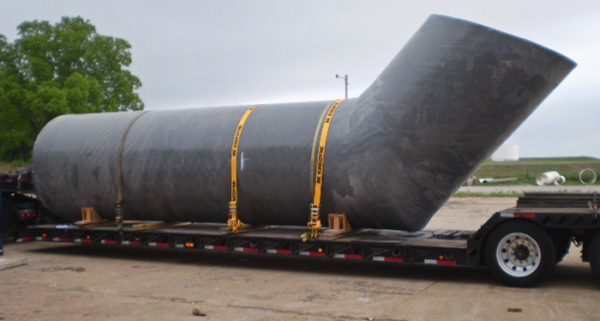More Fiberglass Terminology!
We recently shared some of the most common fiberglass terms and the explanations that could be found in our newest eBook Chemical Processing eBook: FRP Applications, Opportunities, and Solutions.
The Chemical Processing eBook is intended to be a supplemental tool to help you interact with the fiberglass industry. As part of the eBook we included a section on common fiberglass terminology, and a few weeks ago we shared the four most common and useful fiberglass terms to know.
This week we thought we’d share four more common fiberglass terms to help increase your fiberglass literacy.
E-CR Glass- This type of reinforcement glass is similar in nature to E-Glass but does not contain boron or fluorine. Known for performing well in chemically hostile environments, specifically acidic and corrosive applications. E-CR glass is known to have higher temperature resistance, better mechanical properties, higher surface resistance, and better dielectric strength when compared to its predecessor E-glass.
Filament Winding-Filament winding is the process of winding resin-impregnated fiber or tape on a mandrel surface in a precise geometric pattern. This is accomplished by rotating the mandrel while a delivery head precisely positions fibers on the mandrel surface.
Hand Lay-up- One of the basic fiberglass fabricating techniques. The hand lay-up process uses a combination chopped –glass mat and woven continuous glass filament layered together with resin.
Spray-up- This process is similar in nature to hand lay-up and is also included in the general category of contact molding. Simply put, the spray-up process is an automated way of depositing chopped glass onto a structure. The spray-up process is particularly useful when filling a cavity or when glass mat or weave are too stiff for the design specifications.
Download our free ebook Chemical Processing eBook: FRP Applications, Opportunities, and Solutions. to learn more about FRP, fiberglass terminology, and corrosion.














